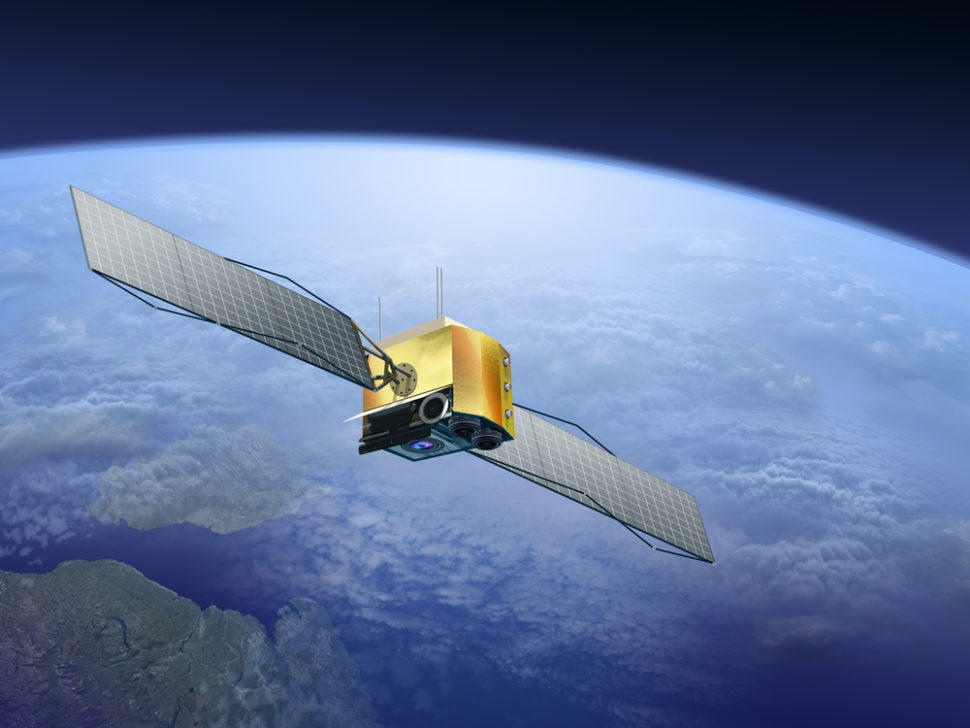With the current advancement in technology, the idea of a space war is no longer far-fetched. Now, the United States wants to integrate machine learning and AI to its space technologies to address possible vulnerabilities.
Several countries possess a functional anti-satellite system. However, only the United States, Russia, China, and India have demonstrated this capability successfully.
So, imagine if an ASAT weapon has been streamed into space and disabled the U.S. military satellites. Not only would this destroy war-critical commands and controls, but it could also leave friendly forces exposed to enemy attacks.
GPS and infrared missile detection would be down. Also, the guided weapon systems could jam and derail before hitting its target.
Since the attack can occur within minutes, there’s a tiny window for decision-making.
Ret. Lt. Gen. Christopher Bogdan, Senior Vice President, Aerospace Business, Booz Allen Hamilton explained:
“If an adversary launches an ASAT, we will be able to detect that launch. The hard thing to do is respond immediately. You have about 10 to 15 minutes for the entire OODA (Observation, Orientation, Decision, Action) loop to play out.”
Now the Pentagon has teamed up with the U.S. Space Command and Missile Defense Agency to address this vulnerability. They’ve decided to integrate artificial intelligence and machine learning into space technologies.
AI-Powered Space Technologies to Stop Anti-Satellite Weapons
According to Bogdan, Booz Allen Hamilton, together with a coalition of commercial AI leaders, has pioneered a commercial technology platform designed to facilitate and accelerate AI adoption at scale within the federal government. The enterprise AI system, called Modzy, has significant commercial and military applications.
Modzy can deliver AI models that can assist commanders by analyzing vast datasets, enabling them to develop an integrated view and make better-informed decisions.
These datasets can cover a wide range of variables, including sensor information, targeting data, navigational details, threat libraries of enemy weapons and capabilities, and various enemy missile launch and flight trajectory characteristics.
Should a collective AI-empowered system be able to use advanced algorithms to combine and instantly access all of this interwoven information critical to response-time decision making, commanders could receive a life-saving “fused” or integrated combat picture.
Recently, the Pentagon and U.S. Space Command have turned their focus to space war strategy, and it’s not surprising. Several countries are investing in space weaponry.
Earlier in the year, India announced intentions to develop a new weapon system for space wars. Meanwhile, China launched an ASAT to destroy a Chinese weather satellite as far back as 2007.
By integrating artificial intelligence into space technologies, the U.S. hopes to process data faster. That way, they would detect ASAT threats and act accordingly.



















Comments (0)
Most Recent